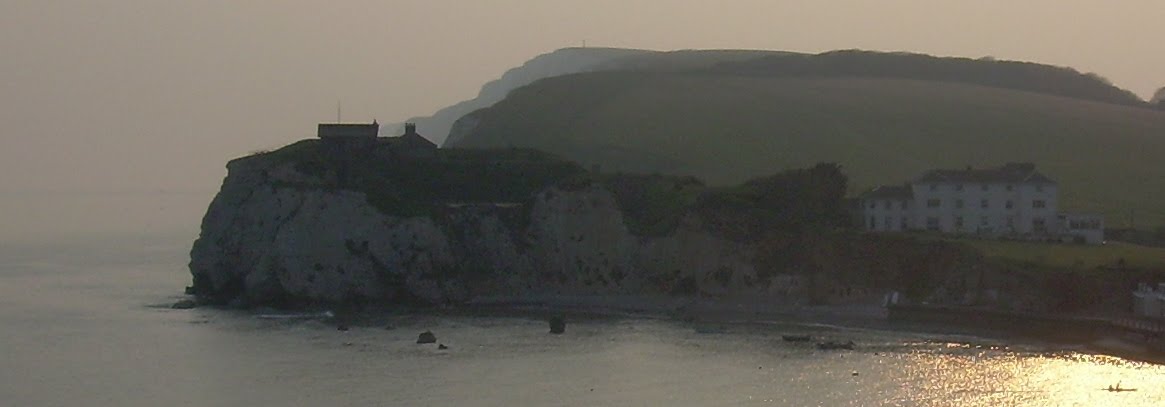What do you think Michael Jackson is trying to communicate with this song?
Friday, 26 March 2010
Songs of wars
Watch the video and note down all the dates you can listen to.
Distinction of minimal pairs (2)
http://www.bbc.co.uk/worldservice/learningenglish/grammar/pron/sounds/vowel_short_7.shtml
http://www.bbc.co.uk/worldservice/learningenglish/grammar/pron/sounds/vowel_long_3.shtml
A different vision of history
After watching the video, can you say the meaning of these words?
- Legions
- Invaded
- Casualties
- Fleet
- Retreat
- Hostages
- Assault
- Allies
- Surrender
- Defeated
Distinction of minimal pairs
http://www.bbc.co.uk/worldservice/learningenglish/grammar/pron/sounds/vowel_short_4.shtml
http://www.bbc.co.uk/worldservice/learningenglish/grammar/pron/sounds/vowel_long_4.shtml
TURNING POINTS
- The past perfect tense.
- Construction of paragraphs.
- Invasions.
- Distinction of minimal pairs.
Thursday, 25 March 2010
Wednesday, 24 March 2010
Tube Map of London
London Underground
 The London Underground is a public transport network, composed of electrified railways (that is, a metro system) that run underground in tunnels in central London and above ground in the city's suburbs. The oldest metropolitan underground network in the world, first operating in 1863, the London Underground is usually referred to as either simply "the Underground" by Londoners, or (more familiarly) as "the Tube".
The London Underground is a public transport network, composed of electrified railways (that is, a metro system) that run underground in tunnels in central London and above ground in the city's suburbs. The oldest metropolitan underground network in the world, first operating in 1863, the London Underground is usually referred to as either simply "the Underground" by Londoners, or (more familiarly) as "the Tube".
Since 2003, the Tube has been part of Transport for London (TfL), which also schedules and lets contracts for the famous red double-decker buses. Previously London Transport was the holding company for London Underground.
There are currently 275 open stations and over 253 miles (408 km) of active lines, with three million passenger journeys made each day (927 million journeys made 1999-2000; there are a number of stations and tunnels now closed).
Lines on the Underground can be classified into two types: sub-surface and deep level. The sub-surface lines were dug by the cut-and-cover method, with the tracks running about 5 metres below the surface. Trains on the sub-surface lines have the same loading gauge as British mainline trains.
The deep-level or "tube" lines, bored using a tunnelling shield, run about 20 metres below the surface (although this varies considerably), with each track running in a separate tunnel lined with cast-iron rings. These tunnels can have a diameter as small as 3.56m (11ft 8.25in) and the loading gauge is thus considerably smaller than on the sub-surface lines, though standard gauge track is used.
Lines of both types usually emerge onto the surface outside the central area, the exce
In addition, many stations' walls are decorated in tile motifs that are unique to the station, such as profiles of Sherlock Holmes' head at the Baker Street station or a cross containing a crown at the King's Cross station.
Questions about the text
1. The London Underground runs, as the name implies, all the time underground.
False.
We don't know.
2. There are more than 275 stations.
True.
False.
We don't know.
3. The sub-surface lines run about
five metres below the surface.
fifteen metres below the surface.
twenty metres below the surface.
4. The Waterloo & City line is the longest in the system.
True.
False.
We don't know.
5. Baker Street station is decorated with profiles of Sherlock Holmes' head.
True.
False.
We don't know.
6. It is estimated that there are
927 million passengers per day.
1 million passengers per year.
3 million passengers per day.
A VISIT TO LONDON
- The present perfect tense: for, since, already and yet.
- Linking words.
- London.
- Distinction of minimal pairs.
English on the London Underground
Observation test: Below there are eight excerpts from the language you have just seen. Each one contains a mistake. Can you correct them?
- Obstructing the doors can be fun
- If you see a train being robbed, call the British transport police on 0800 40 50
- Open / closed (beside the train door)
- Dogs must be worn (on the scalator)
- Stand on the left (on the scalator)
- You are being watched
- Lift flap and push button to start train
- Take car after drinking alcohol
And finally, what are the missing words?
- ___________ and tickets (above the ticket counter)
- ___________ left
- Priority seat for people who are ____________, ____________ or less able to stand.
- Please __________ your bags with you at all times and report any unattended items or suspicious behaviour to a member of _____________
- ___________ clear of the edges (on the escalator)
- Take ___________ care of children (on the escalator)
- Fire alarm / if you see __________ or __________ operate this fire alarm
- __________ the gap
- __________ out
Created by TEFLclips
London Hangman
http://www.slideshare.net/secret/wzDHWxKDY6aCsY

